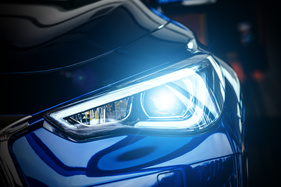How effective are the latest sanitizer systems?
Earlier this year, UV LED businesses, Sensor Electronics Technology Inc of the US and South Korean Seoul Viosys, released a Violeds UV-C LED system that is reported to kill 99.437% of the SARS-CoV-2 virus in a second. Tests were conducted by KR Biotech, South Korea, with SETI and Seoul Viosys stating the sanitizer device could be an effective method to disinfect airborne viruses as well as water systems and rooms housing Covid-19 patients.

But how effective is the technology?
Photonics innovation services provider, PISEO, which recently published a UV-C LED technical analysis report, ‘UV-C LEDs at the time of Covid-19’, and has a rich heritage of system design and realization, believes more public detail is required before industry players can truly know.
PISEO is a partner of Yole Développement (Yole), the market research & strategy consulting company. Both companies join their force to deliver today a comprehensive overview of the UV LED industry.
With a deep analysis of the market trends and technology evolution, Yole’s analysts propose a complimentary vision of the UV LED industry with dedicated report, UV LEDs – Market and Technology Trends.
Remarkable growth
The Violeds device comes at a time when the UV-C LED market is witnessing unprecedented growth. The pandemic has triggered huge demand for disinfection systems, boosting momentum in UV-C LEDs. According to Yole’s UV LED report, the market is expected to more than double, from $144 million in 2019 to $308 million in 2020, before mushrooming to $2.5 billion by 2025.
The rapid growth follows more than a decade of relatively slow market activity. Back in 2008, UV LEDs were beginning to emerge with only 10 industry players largely focusing on UVA LEDs for UV curing applications.


